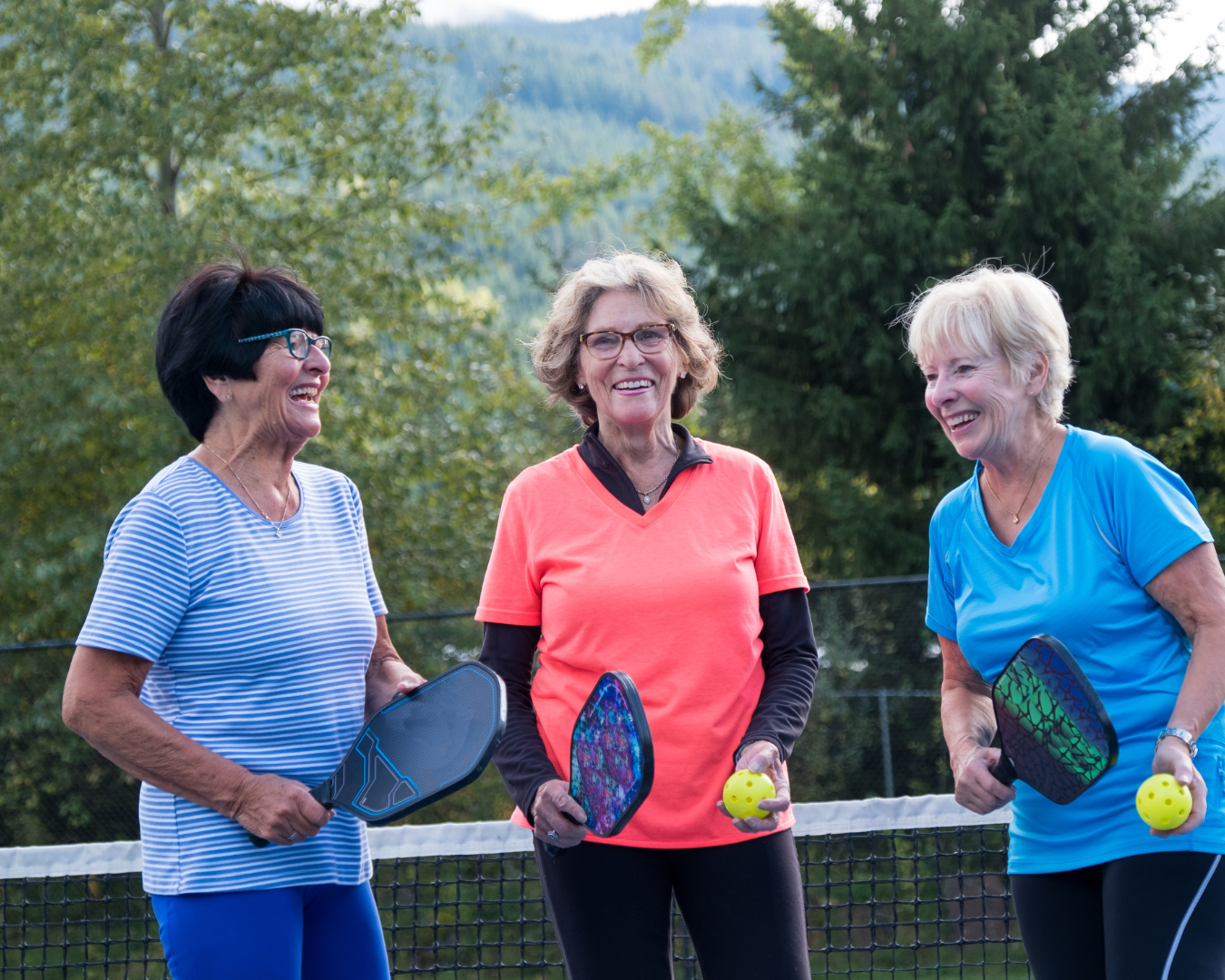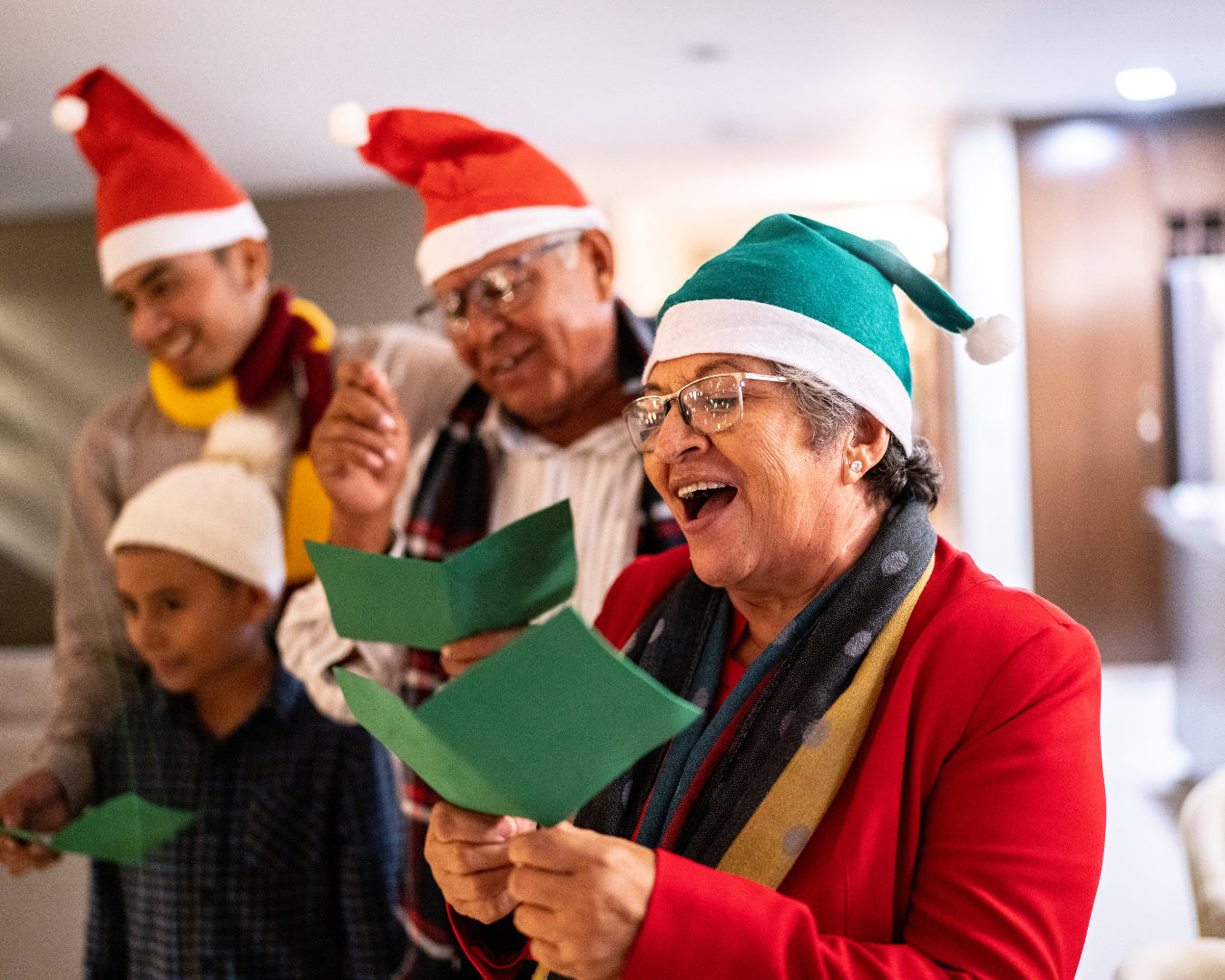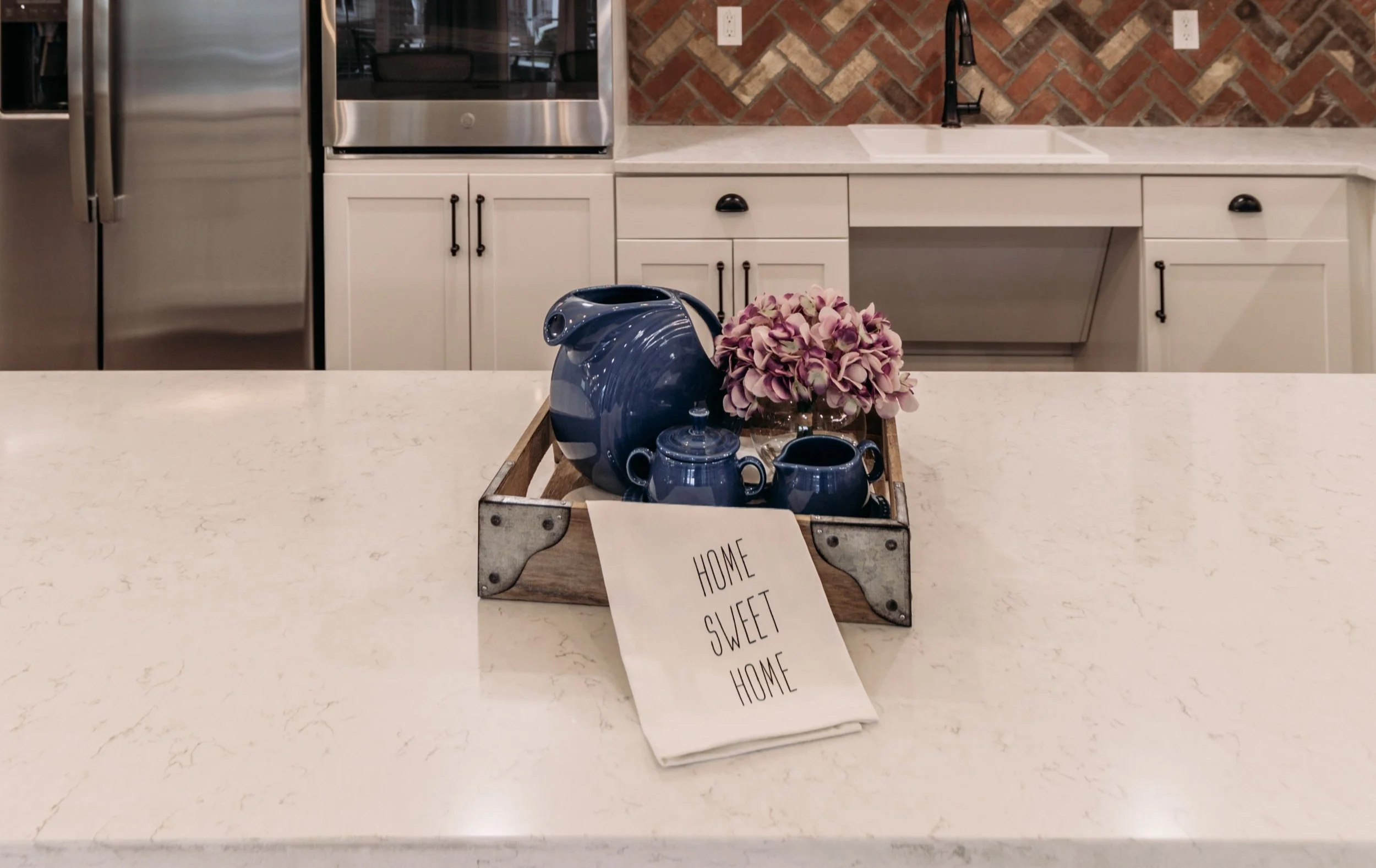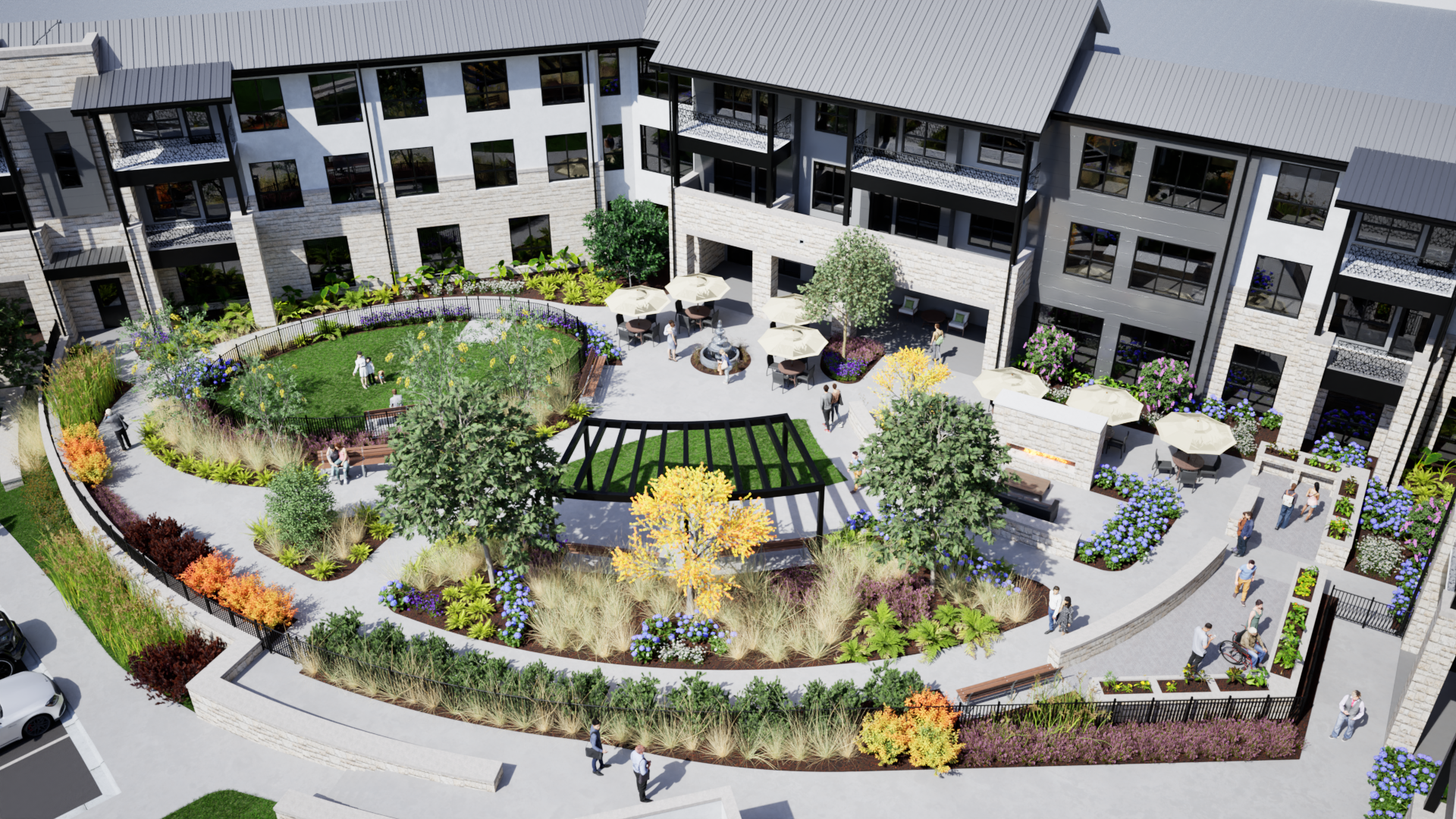In Senior Living, Competitive, High-End Amenities Are Here to Stay
The COVID-19 pandemic clearly has had an impact on the senior living market. There is indication that banks will be more cautious about financing projects. At the same time, buyers and lenders alike are looking at properties through a COVID-tinted lens; that is, they are considering how many cases a property has had and what protocols have been implemented for managing the virus. The good news is that the pre-pandemic interest in and availability of capital for this sector will likely present opportunities in the near future for experienced owner-operators; and the demographics suggest that there will be a continuing demand for high-end senior living communities.
To attract and keep residents post-pandemic, communities need to consider implementing or updating some of the high-end amenities and programs seniors want. These include the following:
Neighborhoods, meaning smaller groupings of apartments, each with its own dining seating, wellness function, dedicated and separate HVAC systems, and living room lounge, are increasingly popular.
Pet-friendly spaces. Increasingly, seniors want their furry family members to share their homes. Beyond just allowing pets, some communities are appealing especially to pet-owners with amenities such as dog parks, daily social pet programs, on-site grooming or dog wash stations, pet-sitting services, and premium-priced apartments with fenced patios or yards.
Sophisticated dining experiences. Instead of the traditional dining room, more communities are appealing to boomers with bistros, pubs, and cafes offering options such as ethnic foods, vegetarian options, and vegan dishes.
Boutique fitness. Active seniors want more than a fitness room. Popular high-end fitness amenities include yoga studios, meditation groups, tennis lessons, golf access, walking clubs, hiking trip, and personal training.
Personal pampering. Offerings such as full-service spas, in-home manicure/pedicure services, and beauty salons/barber shops increasingly are a must for many residents.
Special interest groups, such as book clubs, veterans’ groups, and creative writing workshops.
Onsite learning via music and art classrooms, theater/performing arts groups, and online and in-person access to classes at local colleges and universities.
A community within a community, including onsite amenities such as an ATM for remote banking; a fully stocked convenience store; and specialty food/drink shops (such as a coffeehouse, ice cream shop, bakery, and/or wine bar).
Cutting-edge technology including virtual reality programs and entertainment, the use of artificial intelligence, and voice-activated devices. (Click here for more information about technology in the future of senior living.) It is important to note that seniors don’t want technology just for technology’s sake. They want tech that specifically enhances and simplifies their lives.
Intergenerational spaces and mixed-age programming. Studies show that seniors don’t necessarily want to live solely with their peers. They enjoy interacting with younger people.
Architectural design elements focusing on enhancing mood, health, and happiness. This means elements that make spaces warmer and more welcoming, comfortable, and functional.
Luxury trips. Active seniors want more than bus trips to the mall. Popular options include skydiving, kayaking, and hot-air ballooning; international trips; special tours of museums; chef-hosted dinners at posh restaurants; and concert/theater excursions.
There is no doubt that COVID has shaken up senior living. Communities that have experienced coronavirus outbreaks could see occupancy declines; and negative publicity (however unfair) about COVID deaths among older adults may have some prospects putting off their decisions about a move to senior living. Yet, at the same time, many residents and family members realize that these communities are the safest havens for older adults, particularly those individuals without a strong support system, at times when a simple trip to the store can put them at risk. At any rate, those communities that can offer the amenities seniors want, appeal to their needs and interests, and distinguish themselves from the competition are more likely to survive and thrive moving forward.
Contact us here or call us at 512-231-1910
















